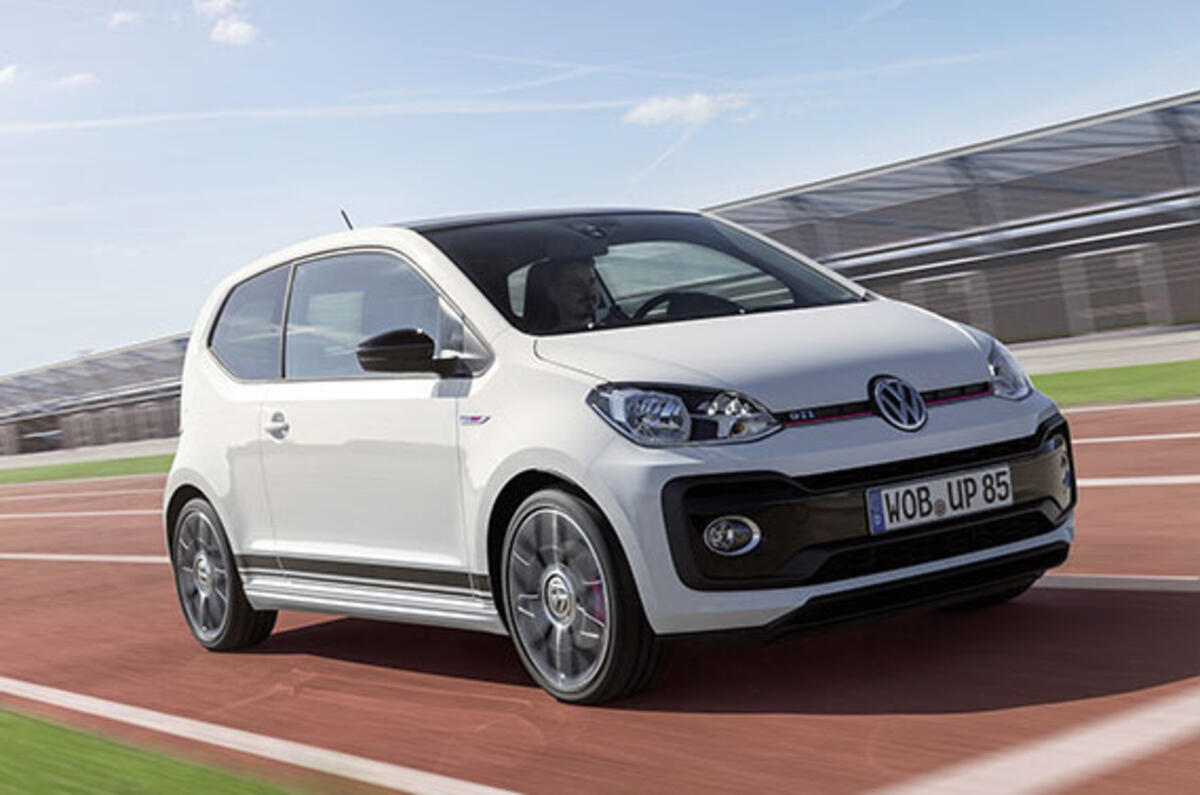The official CO2 emissions figure of the new Volkswagen Up GTI has been raised from 110g/km to 127-129g/km after testing on the new Worldwide Harmonised Light Vehicles Test Procedure (WLTP).
The first Volkswagen model to be tested in this new format, which replaces the New European Driving Cycle (NEDC), has also had its quoted combined economy reduced from 49mpg to 42mpg as a result.
Both changes equate to about 15% reductions in efficiency, revealing the impact the new, more stringent real-world tests can have compared with the lab-based NEDC test, which had not been revised since 1997.
The WLTP regime includes higher driving speeds than NEDC and harder acceleration and deceleration. It also tests cars with and without optional equipment to offer a best and worst-case scenario, hence the CO2 range published for the Up GTI.
Both NEDC and WLTP figures will continue to be produced until September 2018, after which only WLTP figures will be shown to customers.
The changes to the Up GTI’s official figures were revealed with confirmation that the model is now available to order in Germany, with prices there starting at €16,975 (£15,010 at current rates).
The range-topping variant of the Up city car produces 114bhp from its turbocharged 1.0-litre three-cylinder engine, enabling a 0-62mph time of 8.8sec.
It will arrive in Britain from February 2018 as a rival to the Fiat 500 Abarth and Vauxhall Adam S.




Join the debate
Add your comment
If this is the result for the
If this is the result for the light Up! The lightest VAG car to use this engine, the results don’t bode well for the 1.0tsi Ateca etc using the same engine....
The whole point...
....Of RDE is that the analysers can be carried in the car so real world testing can actually be carried out on road rather than in a lab. We're not there yet but things are actually moving in the right direction.
Coastdown data must also be demonstrated real world as well so there will be much less room for imaginative test procedures.....
The whole point...
....Of RDE is that the analysers can be carried in the car so real world testing can actually be carried out on road rather than in a lab. We're not there yet but things are actually moving in the right direction.
Coastdown data must also be demonstrated real world as well so there will be much less room for imaginative test procedures.....